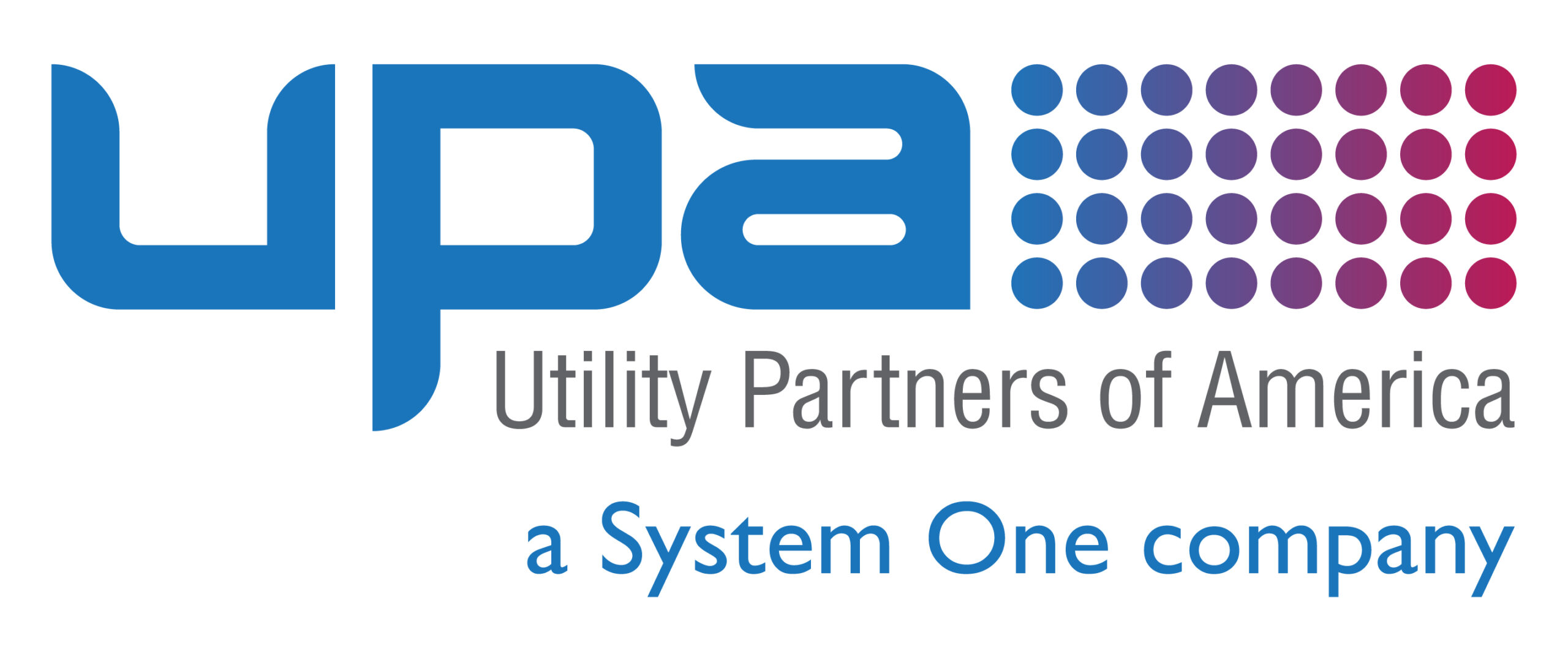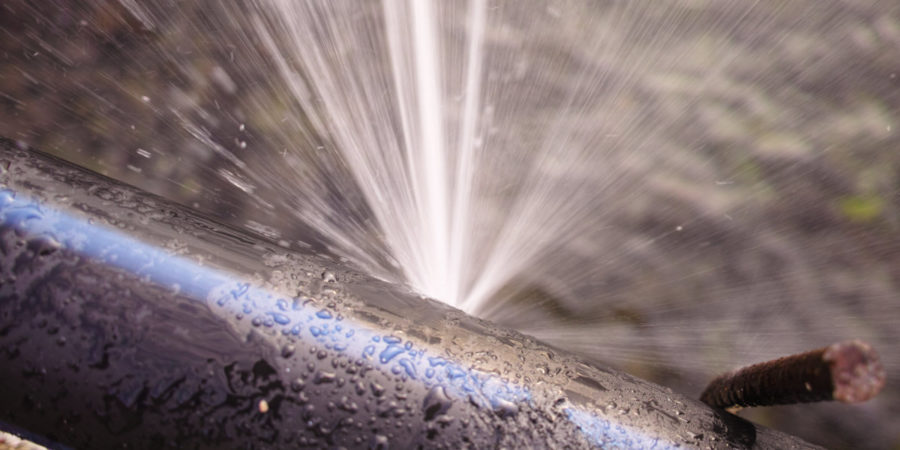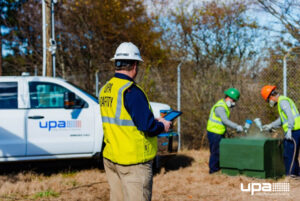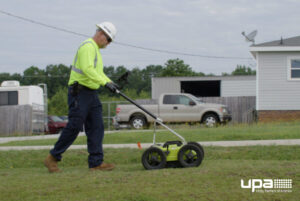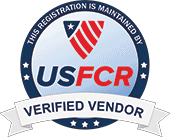While there’s much to debate about what the future of utilities looks like, one thing that’s universally clear is this: current infrastructure is aging rapidly. While utility companies have done an admirable job to replace and repair, ongoing deterioration can have a considerable impact on key performance indicators like revenue and service disruptions.
One telltale sign of infrastructure deterioration presents itself in the form of leaks. We’ve developed a two-part series dedicated to just that. Taking a closer look at what’s being done with leak detection. Reporting on topics like signs of a leak, what can happen if there’s a prolonged undetected leak, and how to inform customers about a leak in their area. Read on as we start with water leaks and why water utilities should invest in leak detection services, and stay tuned for part two on gas.
The importance of tracking “non-revenue water”
Non-revenue water (NRW) is one of the most essential metrics for a water utility to measure. NRW is water that has been treated or produced by a utility but is then “lost” before it can reach the customer. There are two types of NRW losses, “real” and “apparent.” Real losses are caused by leaks, while apparent losses are caused by theft or metering malfunctions.
An estimated 34% of all water worldwide becomes NRW. In the U.S., that figure shrinks with some reports pegging it at around 10%.
Related: Reuse and Recycle: Clean Water Initiatives
Signs of a water leak
The most obvious sign of a water leak is visible water where it doesn’t belong. And with 16% of installed water mains existing beyond their useful lives, that’s bound to happen. In fact, a report from 2017 showed break rates increasing 27% over the six years prior.
While busted water mains and gushing hydrants pump out gallons of water per minute, hairline cracks can also contribute to leaks and NRW. Across the country, about 85% of water pipes are less than 12 inches in diameter. That means that lost water may not always be so apparent or easy to find. Because of that complication, water utilities are turning to unique technologies to lend them a hand.
Related: Corrosion Surveys: Why are they Important?
Technologies used in water leak detection
In cases where the utility can’t see a leak, the next best option is to listen for it. There are a couple of different ways that emerging technology is making that process simpler and more seamless for utilities. One way is to install sensors on hydrants that both record data and actively listen for drips. An employee of the utility can review the data in real-time and dispatch a technician for a repair or replacement.
Sensors can be added to the supply side of water meters to monitor for discrepancies, while acoustic listening devices can be added at regular intervals throughout the system. Like the sensors on hydrants, these devices work in real-time and give the utility an early indication when something does go wrong.
Related: Smart Meters: Boon for Utilities and Their Customers
Effects of a water leak
Lost revenue that hurts the bottom line is far from the only problem a utility faces. There’s also the physical damage (and the necessary costs to repair that damage) that’s in play. Aside from the havoc water can cause to a home or business owner’s grass and landscaping, sustained water leakage can also rupture roads. Causing sidewalks to crack, which poses safety hazards for motorists, bikers, and walkers.
Related: The Big Deal About Backflow Prevention Systems
Informing customers about a water leak
When it comes to any type of customer communications, expediency and transparency are the keys to success. That’s especially true when a water leak occurs. You’ll want to let customers know as soon as possible if a leak affects their area. Also, if any action like the need to boil water before consumption is required. Make sure that you provide clear messaging around those impacted. Letting them know what happened, and the estimated time it will take to fix the problem.
Related: Minimizing Damage When You Spring a Leak
Utility Partners of America knows leak prevention
The idea of handling leak detection can seem daunting for a utility. Many of them choose to collaborate with a company like Utility Partners of America (UPA). Our experienced technicians help companies stay ahead of costly leaks and service disruptions. If you’re interested in learning how we can help your water utility find leaks faster and cut down on your NRW, contact us today.
